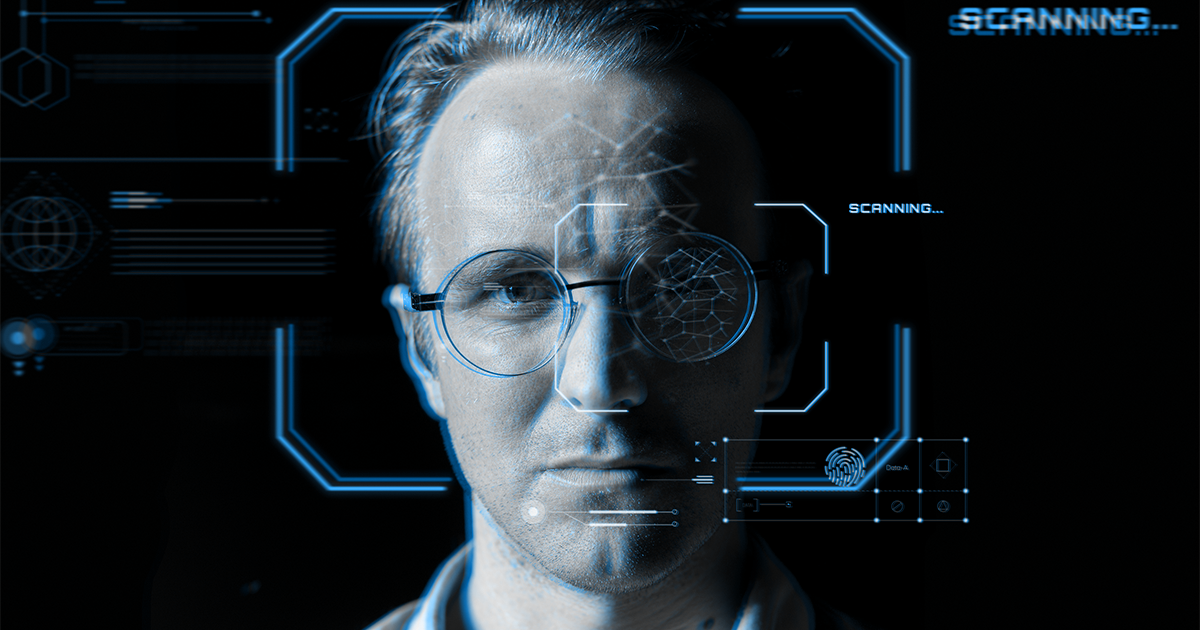Risks of Facial Recognition Technology: A Critical Analysis
Introduction:
Facial recognition technology has become increasingly prevalent in recent years, with applications ranging from unlocking smartphones to identifying criminals. While this technology has undoubtedly made our lives more convenient, it also raises significant privacy and ethical concerns. In this in-depth article, we will examine the risks of facial recognition technology and explore the ongoing debate surrounding its use. So, let’s dive in!
What is Facial Recognition Technology?
Facial recognition technology is an AI-powered system that identifies individuals by analyzing and comparing their facial features in digital images or videos. It works by mapping key facial landmarks, such as the distance between the eyes or the shape of the nose, and then creating a unique facial signature. This signature can then be compared to a database of known faces for identification purposes.
Privacy Concerns
One of the most significant risks associated with facial recognition technology is the potential invasion of privacy. Here are some privacy-related concerns:
- Mass Surveillance: The widespread use of facial recognition technology in public spaces, such as airports, shopping malls, and city streets, can lead to mass surveillance, posing a threat to individual privacy.
- Data Collection and Storage: Facial recognition systems often store large amounts of personal data, which can be vulnerable to data breaches or misuse by unauthorized individuals or organizations.
- Consent Issues: In many cases, individuals are not aware that their facial data is being collected, raising questions about the need for informed consent.
Bias and Discrimination
Facial recognition technology has been criticized for exhibiting biases based on race, gender, and age. These biases can result from:
- Inadequate Training Data: If the AI system is trained on a dataset with a limited representation of certain demographic groups, it may perform poorly when identifying individuals from underrepresented groups.
- Algorithmic Bias: The algorithms used in facial recognition systems may unintentionally reinforce existing social biases, leading to discrimination.
As a result, facial recognition technology may disproportionately misidentify individuals from certain demographics, leading to false accusations or unfair treatment.
Inaccuracy and False Positives
Facial recognition technology is not infallible, and inaccuracies can lead to severe consequences, including:
- Misidentification: False positives can result in innocent individuals being wrongly accused or targeted by law enforcement or other authorities.
- Identity Theft: If a facial recognition system is compromised, criminals could use stolen facial data to impersonate someone else, leading to identity theft or fraud.
Potential Misuse by Governments and Corporations
Facial recognition technology can be misused by governments or corporations for unethical purposes, such as:
- Political Suppression: Authoritarian governments could use facial recognition technology to identify and suppress political dissidents or protestors.
- Corporate Espionage: Companies might use facial recognition technology to track competitors’ employees or monitor consumer behavior without consent.
Balancing Benefits and Risks – Risks of Facial Recognition Technology
While facial recognition technology has its benefits, it’s essential to carefully consider the potential risks and implement safeguards to protect individuals’ rights. Possible approaches include:
- Regulation and Oversight: Governments can introduce laws and regulations governing the use of facial recognition technology to ensure privacy and prevent misuse.
- Transparency: Companies and organizations using facial recognition technology should be transparent about their data collection practices and the algorithms used.
- Public Debate: Encouraging open and informed public discussions about the ethical implications of facial recognition technology can help shape its development and use in a socially responsible manner.
Conclusion – Risks of Facial Recognition Technology
The risks of facial recognition technology are undeniable, and it is crucial to address these concerns to ensure that the technology is used responsibly and ethically. Author – murari Play sprunki phase 28 Anytime, Anywhere!



